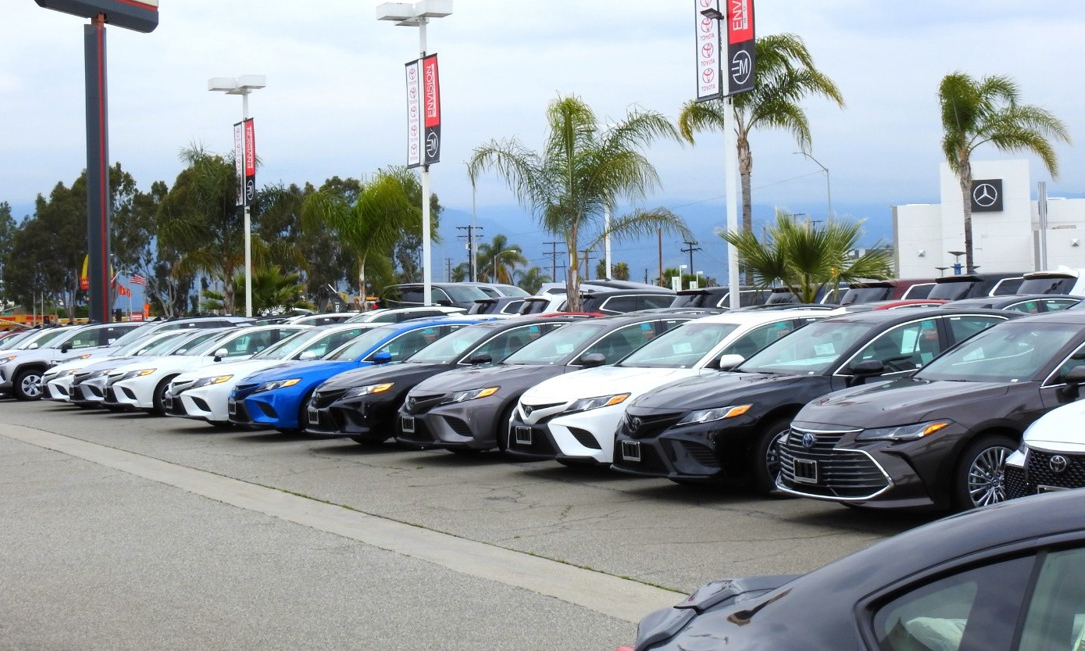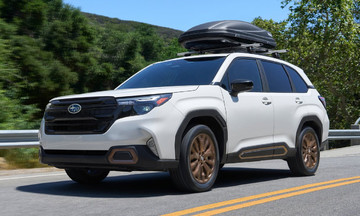The Manheim Used Vehicle Value Index, a key indicator in predicting post-Covid-19 inflation trends, reached its highest point since 10/2023.
According to data released on 8/7, the index rose 1.6% in June compared to May on a seasonally adjusted basis, and 6.3% compared to the same period in 2025. The current index stands at 208.5.
"Wholesale price trends became more volatile in the second quarter as tariffs impacted new vehicle sales and supply, which in turn affected the used vehicle market," said Jeremy Robb, senior director of economics and industry insights at Cox Automotive.
 |
A used car dealership in California. Photo: West Covina Auto Mall |
A used car dealership in California. Photo: West Covina Auto Mall
While price pressures typically ease in the second half of the year, Robb noted that retail sales remain "a bit hotter than prior years," and the supply of off-lease vehicles entering the used car market is trending downward. These two factors are likely to support higher prices going forward. President Donald Trump’s 25% tariffs on imported cars spurred new car purchases in early spring as consumers sought to avoid anticipated price hikes from the levies. Sales dropped sharply in May and continued to decline in June.
Overall inflation has so far defied the predictions of most economists, but many U.S. Federal Reserve (Fed) officials still believe some type of price surge will follow and are hesitant to cut interest rates until they believe the risk has passed.
The Manheim index in recent years has drawn the attention of private economists and some Fed officials who saw it as one of the initial indicators of a more significant and prolonged inflation surge as the economy emerged from the pandemic in 2021 and 2022.
The index began its sharp rise in late 2020 and continued for more than a year. By mid-2022, overall U.S. inflation, as measured by the Consumer Price Index (CPI), had topped 9%, its highest level since the 1980s.
Fed Governor Christopher Waller warned in the fall of 2021 against "selectively ignoring data series—perhaps used car prices, food and energy prices, or household surveys of inflation expectations. All of these series convey important information about the evolution of inflation, and one should be cautious about dismissing outlier data."
My Anh (Reuters)











